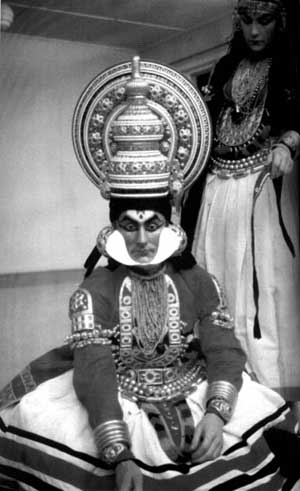During the 20th century particular cultural environments have called themselves theatre laboratories, and continue to do so nowadays, to indicate a space of continuous, stable and coherent work, based on the research of technical and performance principles and methods that can be transmitted, enhancing professional knowledge and cultural growth.
These theatre laboratories have a centenary history, since Konstantin Stanislavsky and Vsevolod Meyerhold founded the first theatre laboratory in 1905.
Theatre laboratories throughout Europe have promoted research, created performances and operated in their social context through a new pedagogical approach, strong networks and relationships between artists and scholars, the meeting of artistic expression and human sciences like anthropology and sociology. Above all their activities have established new ways of contact with spectators and social groups that are distant from theatre. In the vision of theatre laboratories, performance becomes not only an artistic accomplishment, but also a catalyst element with which to be present and act within the different components of a social context, with attitudes that vary from political to social, to didactic, artistic or therapeutic engagement.
Theatre laboratories define acting and theatre in the broadest sense, without separations between acting, dancing, and singing. They use techniques of improvisation and collective creation, and generate an autonomous mode of artistic expression, referring historically to their European traditions as well as to a complex of ideas and practices from performative traditions of other continents.
|
|
 Sånne manifester er både til innvortes og utvortes bruk. Det var ment som et signal om at vi ville endre (eller allerede hadde endret) kurs på i hvert fall to områder: 1.Ved å spille større forestillinger for et større antall tilskuere enn før, og 2. Ved bevisst og uttalt å ta inn stoff knyttet til den politiske og sosiale situasjonen i Norge.
Sånne manifester er både til innvortes og utvortes bruk. Det var ment som et signal om at vi ville endre (eller allerede hadde endret) kurs på i hvert fall to områder: 1.Ved å spille større forestillinger for et større antall tilskuere enn før, og 2. Ved bevisst og uttalt å ta inn stoff knyttet til den politiske og sosiale situasjonen i Norge.